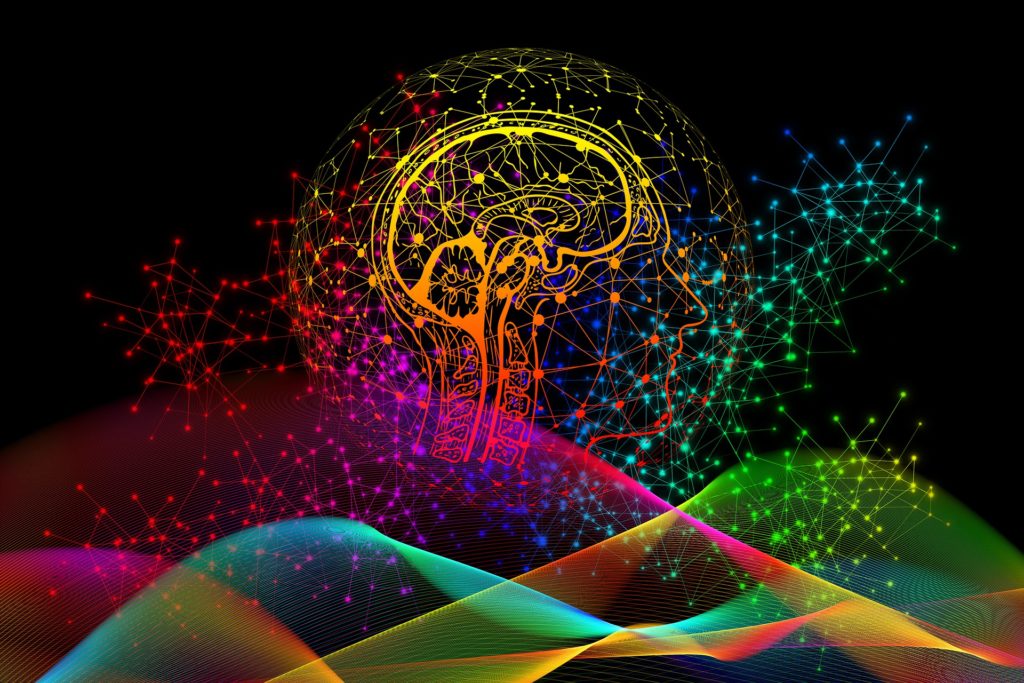
A groundbreaking study headed by UCLA Health has provided the most thorough understanding of the intricate scientific processes underlying autism. It also established the first connection between the condition’s inherited susceptibility and observed cellular and genetic activity throughout the brain’s several levels.
The research is a component of the second set of studies from the PsychENCODE consortium at the National Institutes of Health. Under the direction of UCLA neurogeneticist Dr. Daniel Geschwind, the program was started in 2015 and aims to map the control of genes across various brain areas and developmental stages. The group seeks to close the knowledge gap between research on genetic susceptibility to different psychiatric diseases and possible biological processes of causation.
“This PsychENCODE manuscript collection, separately and collectively, offers a never-before-seen resource for comprehending the connection between genetic mechanisms in the brain and disease risk,” stated Geschwind.
One of nine studies on autism that Geschwind’s group published in the May 24 issue of Science builds on decades of work defining the convergent molecular changes seen in the brains of autistic people and characterizing the genes that increase a person’s susceptibility to autism. It is unclear, therefore, what causes these molecular alterations and how genetic vulnerability in this intricate disorder relates to them at the cellular and circuit levels.
Gene profiling for autism, with a few exceptions in smaller studies, has long been limited to using bulk tissue from the brains of autistic individuals after death. These tissue studies are unable to provide detailed information such as the differences in brain layer, circuit level, and cell type-specific pathways associated with autism and mechanisms for gene regulation.
To address this, Geschwind used advances in single-cell assays, a technique that makes it possible to extract and identify the genetic information in the nuclei of individual cells. This technique allows researchers to navigate the brain’s complex network of different cell types.
More than 800,000 nuclei were isolated from post-mortem brain tissue of 66 individuals from ages 2 to 60, including 33 individuals with autism spectrum disorder and 30 neurotypical individuals who acted as controls. The individuals with autism included five with a defined genetic form called 15q duplication syndrome. Each sample was matched by age, sex, and cause of death, balanced across cases and controls.
Through this, Geschwind and his team identified the major cortical cell types affected in autism spectrum disorder, including neurons and their support cells, known as glial cells. In particular, the study found the most profound changes in the neurons that connect the two hemispheres and provide long-range connectivity between different brain regions and a group of interneurons called somatostatin interneurons, which are important for the maturation and refinement of brain circuits.
A critical aspect of this study was the identification of specific transcription factor networks – the web of interactions whereby proteins control when a gene is expressed or inhibited – that drive these changes that were observed. Remarkably, these drivers were enriched in known high-confidence autism spectrum disorder risk genes and influenced large changes in differential expression across specific cell subtypes. This is the first time that a potential mechanism connects changes occurring in the brain in autism directly to the underlying genetic causes.
Identifying these complex molecular mechanisms underlying autism and other psychiatric disorders studied could work to develop new therapeutics to treat these disorders.
“These findings provide a robust and refined framework for understanding the molecular changes that occur in brains in people with autism– which cell types they occur in and how they relate to brain circuits,” Geschwind said. “They suggest that the changes observed are downstream of known genetic causes of autism, providing insight into potential causal mechanisms of the disease.”